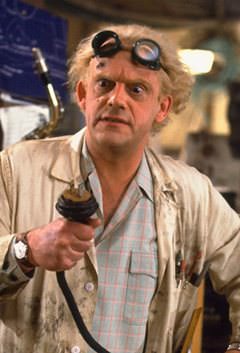I found some very large motor and welder/ transformer terminal boards in the scrap at work .
I was thinking of repurposing some of these as crossover boards for my Dynaudio Bookshelf speakers . Whats in there is very basic ,but there are better crossovers for these drive units published by Troels Gravesen . Theres many almost depleted reels reels of larger gauge magnet wire which are surplus at work ,so get stacked and left aside , I can wind up any size inductors I want on my break ,with the bosses full permission of course ,
Id like to wind some very high powered coils from fat wire , as its all going to be housed externally from the speaker,so there is no space constraints , I can get a bag of the usual binding posts and make it so I can sub out each component in the crossover
on test ,with no soldering . I found a large bag of mixed size wooden thread/ yarn spools from China ,four sizes and the smaller ones could be simply lathed to allow more copper to be wound on , once wound they could be varnished and baked so everything is rock solid , a simple wooden dowel in the bobbin would allow easy mounting on thick bakelite board .
I'm using a very strong power amp on these speakers ,Hafler Xl 600 ,so 460 w into 4 ohms ,both channels driven . probably considerably more with just one channel . So I might aim for these crossovers to handle 1000w , seeing as coppers no object ,why the hell not . Theres a good range of motor run foils in the right in the ballpark for what Im doing as well , 250 volts ac, wire ended ,stud mount , I can very easily extract matched pairs from the large boxes of stock also .
Does anyone know a good program for speaker inductor design ? .
I was thinking of repurposing some of these as crossover boards for my Dynaudio Bookshelf speakers . Whats in there is very basic ,but there are better crossovers for these drive units published by Troels Gravesen . Theres many almost depleted reels reels of larger gauge magnet wire which are surplus at work ,so get stacked and left aside , I can wind up any size inductors I want on my break ,with the bosses full permission of course ,
Id like to wind some very high powered coils from fat wire , as its all going to be housed externally from the speaker,so there is no space constraints , I can get a bag of the usual binding posts and make it so I can sub out each component in the crossover
on test ,with no soldering . I found a large bag of mixed size wooden thread/ yarn spools from China ,four sizes and the smaller ones could be simply lathed to allow more copper to be wound on , once wound they could be varnished and baked so everything is rock solid , a simple wooden dowel in the bobbin would allow easy mounting on thick bakelite board .
I'm using a very strong power amp on these speakers ,Hafler Xl 600 ,so 460 w into 4 ohms ,both channels driven . probably considerably more with just one channel . So I might aim for these crossovers to handle 1000w , seeing as coppers no object ,why the hell not . Theres a good range of motor run foils in the right in the ballpark for what Im doing as well , 250 volts ac, wire ended ,stud mount , I can very easily extract matched pairs from the large boxes of stock also .
Does anyone know a good program for speaker inductor design ? .





